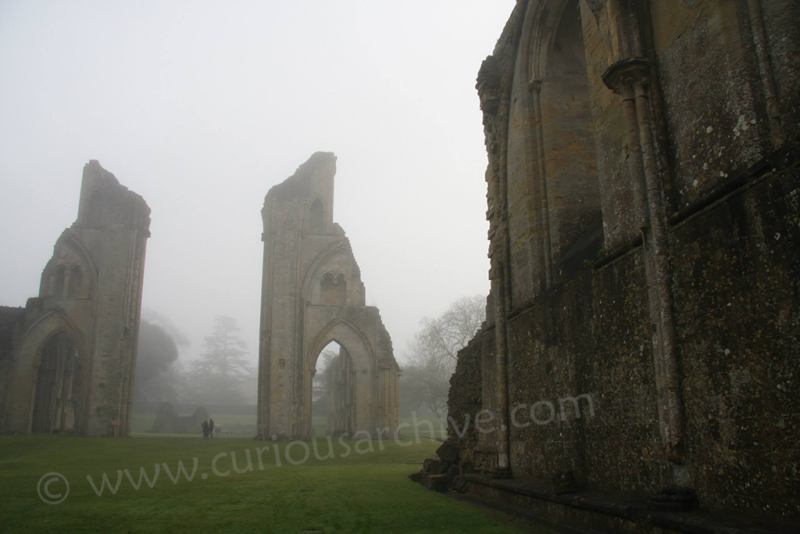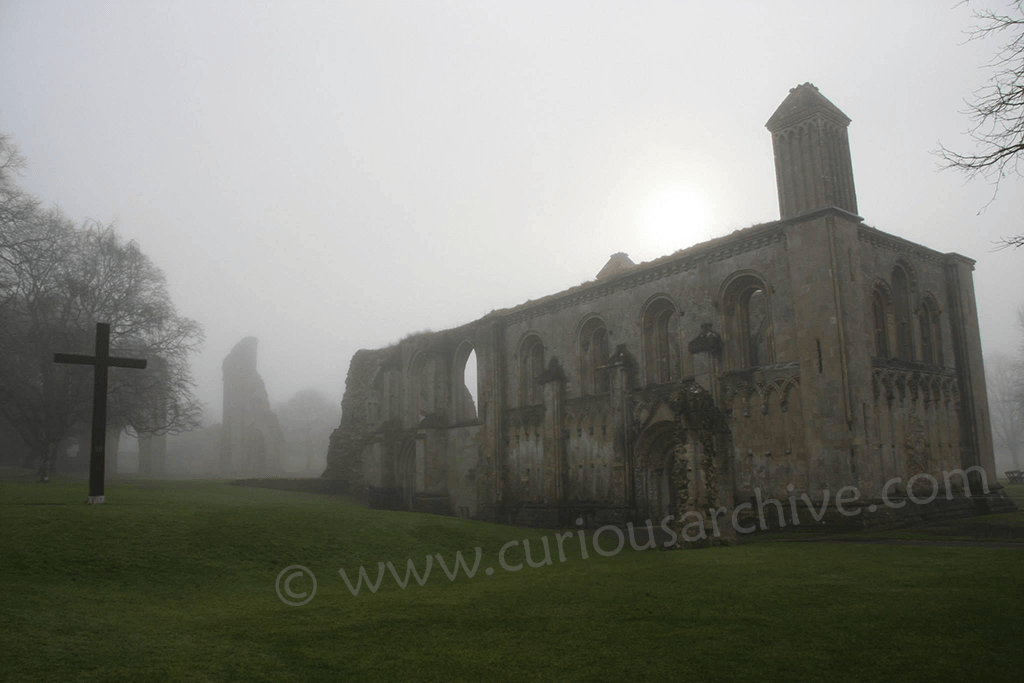King Arthur’s Tomb at Glastonbury Abbey, Somerset
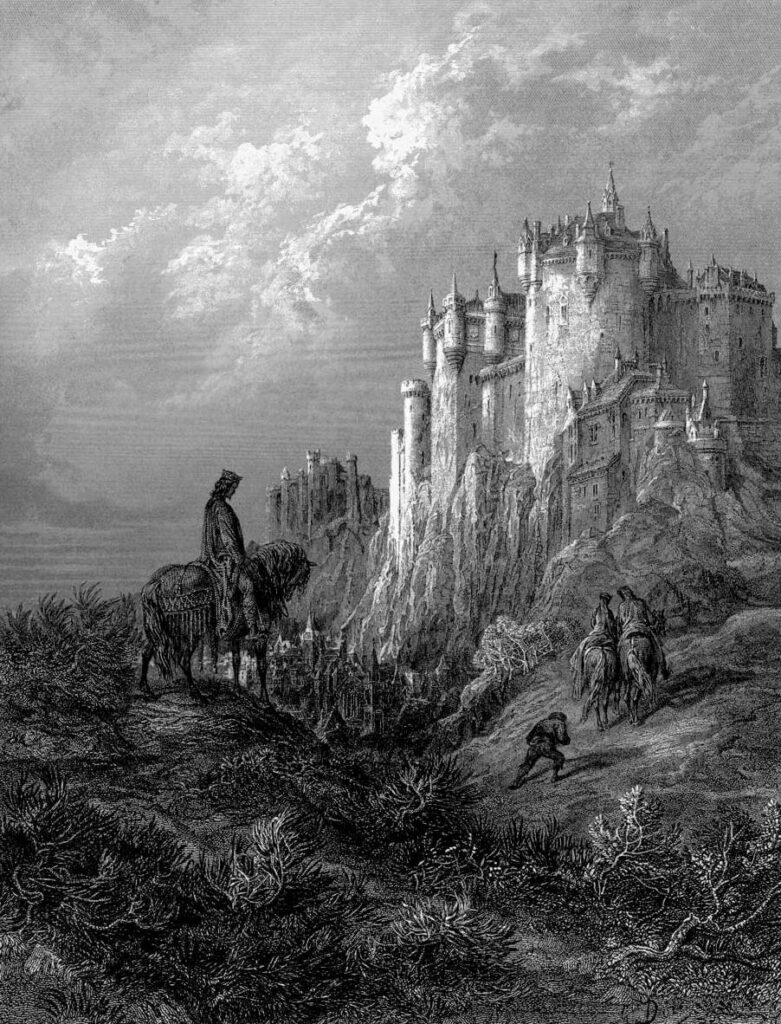
The town of Glastonbury, located 23 miles south of Bristol in southwest England, has long been a centre of mystery, spiritualism, and folklore. Not only known for its famous music festival, Glastonbury celebrates its unique esoteric heritage through quirky shops, spiritual retreats, and nods to famous legends. And at the heart of the town sits the ruined Glastonbury Abbey, a product of Henry VIII’s dissolution of the monasteries during the sixteenth century. A shell of its formal self, the Abbey is a popular destination for both religious pilgrims and tourists eager to explore the rumoured ties between Glastonbury Abbey and the legendary King Arthur. But why is Glastonbury Abbey considered a site of Arthurian legend, and is it really the final resting place of King Arthur?
King Arthur: History or Legend?
One of the most famous medieval romances, Arthurian legend first rose to prominence sometime before the eleventh century. The engaging narratives and colourful cast of characters crossed into continental Europe during the twelfth and thirteenth centuries where they continued to spread and influence art and storytelling. King Arthur, Lancelot, Merlin, Guinevere, the Knights of the Round Table, and their quest for the Holy Grail have continued to inspire and influence artists and writers throughout the past millennium. King Arthur’s fame persists today thanks to the medieval revival of the nineteenth century with Alfred, Lord Tennyson’s famous poems Idylls of the King and the Pre-Raphaelite paintings celebrating characters from the Arthurian romances. More recently, popular films (such as Monty Python and the Holy Grail and Disney’s The Sword in the Stone) continue the historic celebration of Arthurian legend, cementing these medieval stories within western popular culture.
The immense impact of King Arthur on western literary tradition and our perception of the medieval period naturally leads to a number of questions regarding the factual basis of Arthurian legend. Are these stories based in historical fact, and was King Arthur a real English monarch?
The exact source of Arthurian legend is unknown, though the stories likely originated from somewhere in Wales or northern Britain. One of the first known mentions of King Arthur can be found in the book Historia Brittonum, written by the Welsh monk Nennius in c. 830 CE. Historia Brittonum is often included in debates regarding King Arthur as a real historical figure, but historians note ambiguous historical context and questionable sources within Nennius’ work that unfortunately void Historia Brittonum as a reliable historical source.
However, the popularity of Arthurian legend can be attributed to a different text published a few hundred years later. In c. 1136 CE, Geoffrey of Monmouth wrote his Historia regum Britanniae (or History of the Kings of Britain), which became one of the most popular books of the Middle Ages. The book includes tales of Arthur’s conquests, stories of Merlin, King Arthur’s sword Excalibur, and other elements of Arthurian legend that would go on to be considered canon. Despite its medieval popularity and detailed account of King Arthur’s life, Historia regum Britanniae is now understood as a work of pseudohistorical fiction, despite being considered historical fact until the sixteenth century.
What historians can agree on is that there was likely a man named Arthur (or Arturus) who lead a group of warriors in battles against the Saxons and Jutes sometime around the 5th and 6th centuries CE. But beyond that, little is known about who Arthur actually was, if he existed at all. Because of lacking historical evidence, it is generally agreed that Arthurian legend is simply a legend and nothing more. Which makes the claims that Glastonbury Abbey is the final resting place for King Arthur and Queen Guinevere all the more curious. So where did these claims originate from?
Glastonbury, Avalon, and a Clever 12th-Century Marketing Scheme

The tales of King Arthur immediately conjure images of his castle Camelot and the mystical isle of Avalon which, according to legend, was located somewhere in the United Kingdom. And the town of Glastonbury is popularly believed to be this legendary location, a strange claim since the historic town, unlike Avalon, is not an island. However, Glastonbury, known in Celtic legend as an ‘isle of glass’ was historically surrounded by marshland. Today, the surrounding moors and levels are referred to as the Avalon Marshes as a nod to the area’s legendary connection. Gerald of Wales, in his twelfth century De instructione principis, acknowledged the marshes linking Glastonbury with Arthurian legend stating, “what is now known as Glastonbury was, in ancient times, called the Isle of Avalon. It is virtually an island, for it is completely surrounded by marshlands.”
Rumours of King Arthur’s burial at the Glastonbury Abbey also have a medieval origin. In 1191, the monks of Glastonbury Abbey claimed to discover the bodies of King Arthur and Queen Guinevere buried between two stone pyramids on the south side of the Lady Chapel. Found in the tomb was a cross plaque with an inscription confirming the identity of the deceased. Gerald of Wales claimed to have seen the plaque with his own eyes in his c. 1193 Liber de Principis instructione in the following passage:
… buried deep in the earth in a hollow oak and indicated by wonderful, almost miraculous, signs, and it was brought into the church with honour and deposited becomingly in a marble tomb. Here too a leaden cross, placed under a stone, not above it as is the custom in our days, but rather fixed below, which I have seen, for I have touched these letters carved there, not raised or projecting but turned inwards towards the stone, contained: ‘Here lies buried the glorious king Arthur and Guinevere his second wife in the Isle of Avalon.’
From De instructione principis
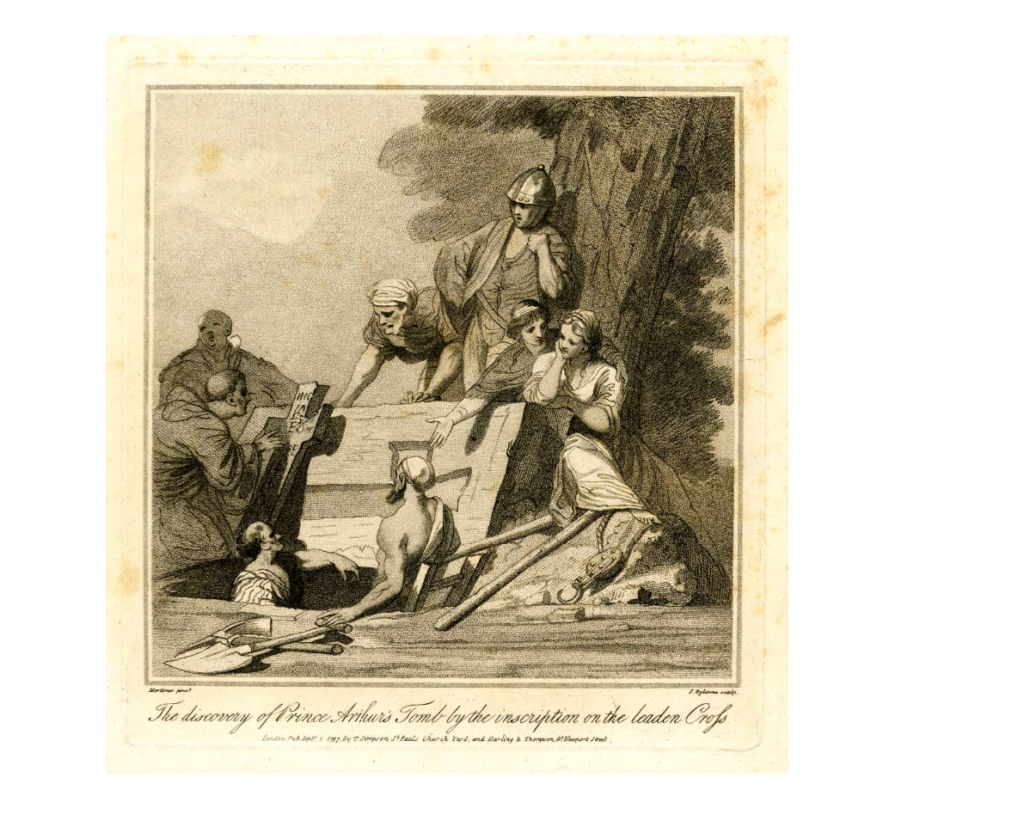
© The Trustees of the British Museum
With confirmation of their royal connection, the bodies were dug up and moved to a marble tomb within the abbey. After the dissolution of the abbey in 1539, the bones of Arthur and Guinevere were lost after the tomb destroyed. Today, visitors to Glastonbury Abbey will find a marker at the former location of the tomb reading:
Site of King Arthur’s tomb. In the year 1191 the bodies of King Arthur and his queen were said to have been found on the south side of the Lady Chapel. On 19th April 1278 their remains were removed in the presence of King Edward I and Queen Eleanor to a black marble tomb on this site. This tomb survived until the dissolution of the Abbey in 1539.

© Curious Archive, 2021.
With the bodies gone and tomb destroyed, there is no physical proof that the Glastonbury monks discovered the bodies of King Arthur and Queen Guinevere on the abbey grounds. But that isn’t the only thing that makes their story suspicious. Ten years prior to the discovery of the burial, Glastonbury Abbey suffered a devastating fire leaving the abbey in dire need of funding. Today, historians see the ‘discovery’ of King Arthur’s burial as a convenient marketing initiative fabricated by the monks. Tourism is not a modern concept, and marketing Glastonbury Abbey as the final resting place of King Arthur was a clever way to attract medieval pilgrims (and monetary donations).

In National Geographic’s What makes Glastonbury so Mystical?, Simon Ingram highlights an interesting issue with the plaque found in King Arthur’s tomb. Based on historical sources who claimed to see the plaque in person, the presence of the plaque in the tomb is consistent with burial customs from only a century prior. Since King Arthur was said to have died during the 6th century, Ingram notes that this puts the plaque 600 years ahead of its time, making it completely inconsistent with an actual seventh century burial.
More recently in the 1950s and 1960s, English archaeologist Ralegh Radford claimed to find the original burial site of King Arthur and Queen Guinevere during an excavation at Glastonbury. Though a burial pit was found, it was dated to c. 11th-15th century and has no evidence connecting it with the legendary king.
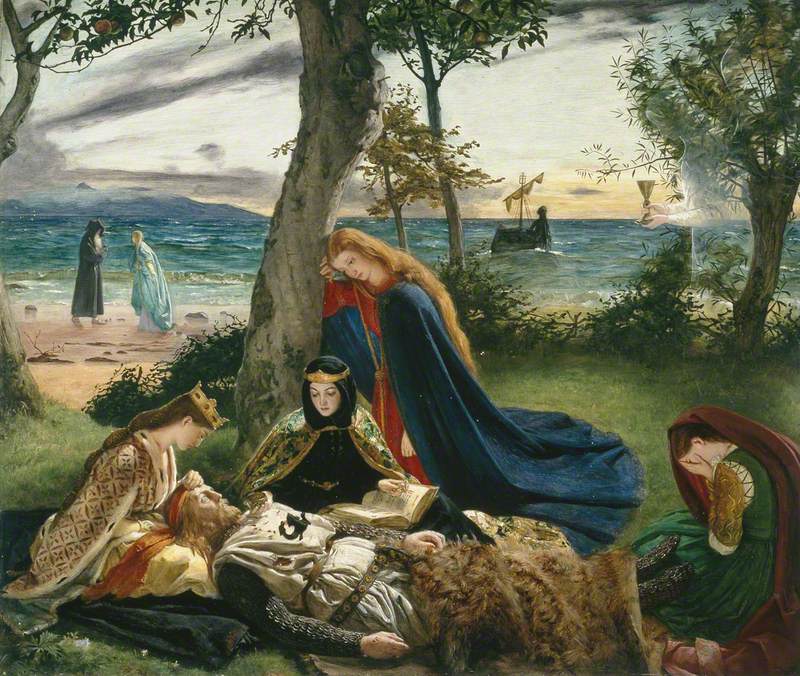
However, the mythological tie between Arthurian legend and Glastonbury Abbey is an important part of the culture and history of both the abbey and town. Dismissing the legend as a millennium old sham fails to acknowledge how King Arthur and Avalon contribute to Glastonbury as a centre of pilgrimage, spiritualism, and mythology. Whether or not Glastonbury was Avalon and King Arthur was buried on the grounds of the abbey, Arthurian legend continues to enhance the mysticism that makes Glastonbury an esoteric, beloved, and other-worldly place in England.
Sources and Additional Reading
- Britannica: King Arthur
- British Library: The Legends of King Arthur
- Historic UK: Camelot, Court of King Arthur
- Glastonbury Abbey: King Arthur & Avalon
- National Geographic: What makes Glastonbury so Mystical
- Country File: Guide to King Arthur: history of the legend and best places to visit to follow his trail
- New York Times: The Weird, Mystic Pull of Southwest England
- Archaeology: Legends of Glastonbury

